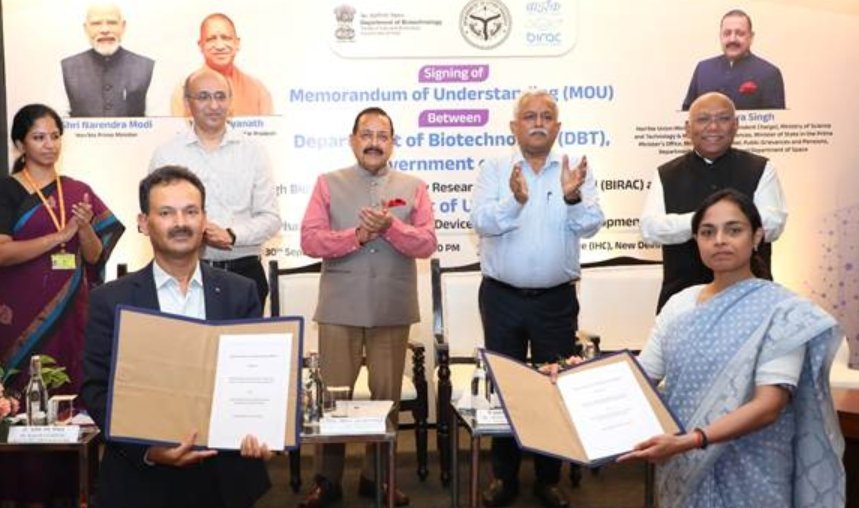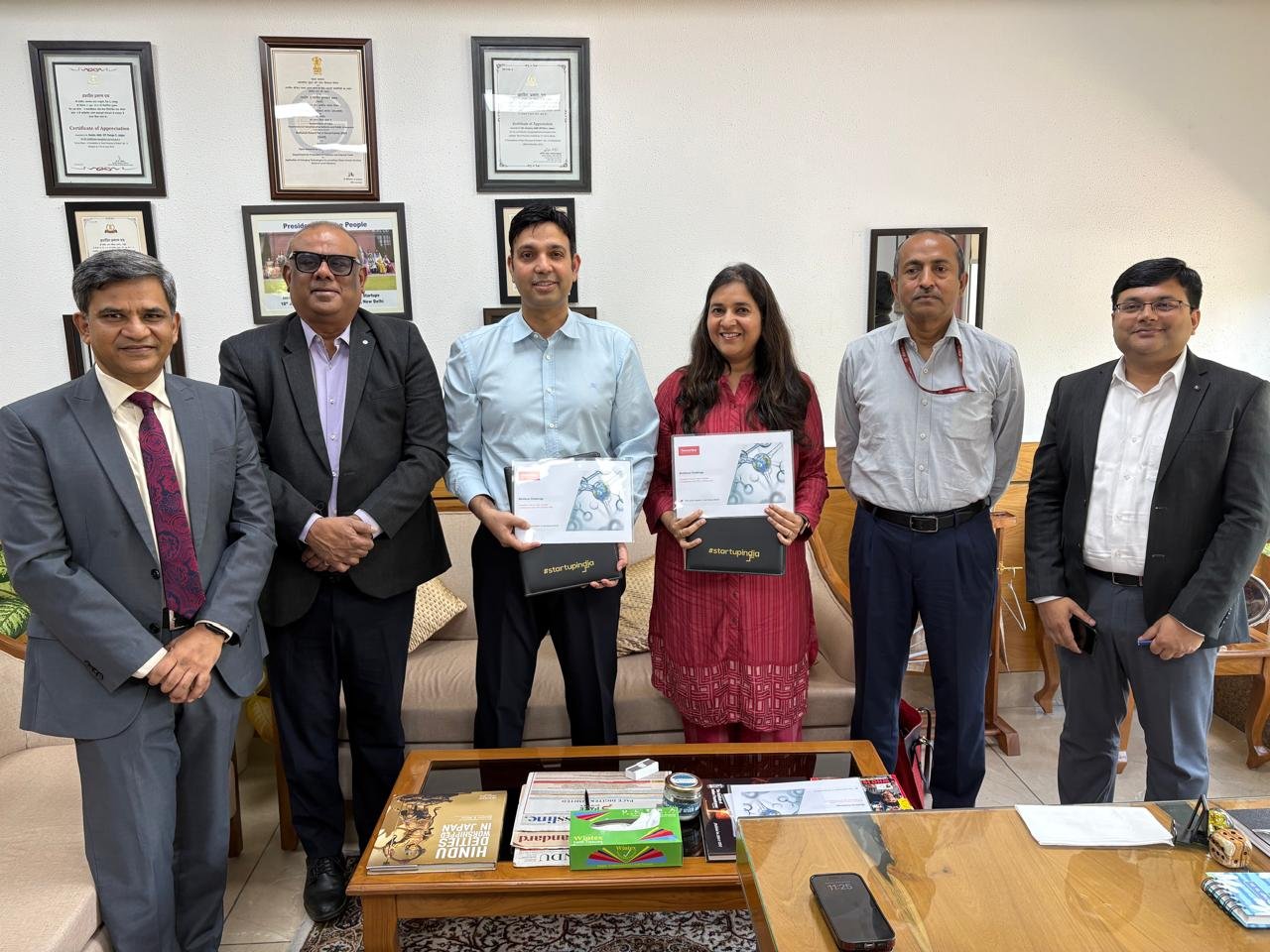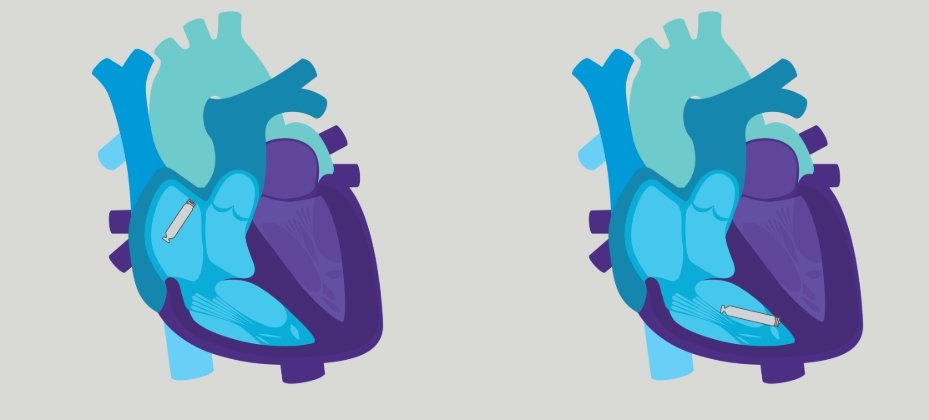Systems solutions to fight vector borne disease outbreaks
October 12, 2016 | Wednesday | Features | By BioSpectrum Bureau
Systems solutions to fight vector borne disease outbreaks
The advent of monsoon across the Indian subcontinent signals the annual spikes in vector borne diseases, namely dengue and chikungunya. This year, with over 12,000 cases of chikungunya nationwide, and over 1000 cases of dengue in the national capital alone , the political and media spotlight is once again on India's ability to control vector borne diseases.
Together with malaria, dengue and chikungunya are endemic to India, and their hosts the Anopheles and Aedes mosquitoes thrive in the subtropical and humid climate. Due to high mortality rates, significant attention has been given to tackling Malaria, which is a focus of India's National Vector Borne Disease Control Programme, as well as leading international health financing agencies like the Bill and Malaria Gates Foundation and the Global Fund. Across these national and global initiatives, there is an underlying core of vector control, with the two broadly applicable measures being long-lasting insecticidal nets and indoor residual spraying. An additional, and increasingly important strategy focuses on strengthening health systems to diagnose and treat infectious diseases, which involves not only the capital and human for case detection, but also management and mitigation.
Dengue and chikungunya, despite having relatively lower morbidity rates, are significantly debilitating diseases. They are transmitted by the by Aedes mosquitoes, which require warm temperatures and humidity for survival and development, and have entomological adaptations to the environment that make them highly resilient to natural or human control measures. Moreover, their habitat is closely associated with that of humans . A response to a dengue or chikungunya outbreak lies within the purview of the health system, and given the lack of vaccines or treatment options, relies heavily on early diagnosis and symptom management. The onus therefore, lies in outbreak prevention and vector control, and a multi stakeholder approach to containing the growth and development of breeding grounds.
The adaptability of the Aeges mosquito requires a review of the enabling drivers of an outbreak. These include urbanization that increases population density and pressure on public infrastructure, lack of sanitation and waste management, ineffective mosquito control and in particular insecticide resistance, and global climate change. The actors required to tackle such a multidimensional challenge are by necessity diverse and cross sectoral.
A strong national health system remain the core pillar of disease response. However, close coordination with water and sanitation and urban development sectors are essential for effective elimination of vector breeding areas. In addition, the robust and well entrenched philanthropic and social sector is an important partner, particularly in two areas - (1) facilitating community participation in eliminating breeding grounds and other vector control measures, disease surveillance/screening, and last mile diagnosis, and (2) providing the capital and risk appetite for innovation and cutting edge research. These are high leverage strategies that closely align with national health platforms, while providing agile responses not only to regional heterogeneity, but also the evolving bionomics of the vectors. Such a collaboration is already an emerging norm in the fight against Malaria across India, where grass root civil society works with the front line primary health network to support screening and referrals. The Tata Trusts, India's oldest philanthropy is working closely with high burden states to accelerate case detection , while the Bill and Melinda Gates Foundation is looking into technological solutions, including genetic research, to neutralize vectors .
The fight against vector borne diseases in India in larger than the fight against Malaria. One can argue that the Aeges mosquito, which transmits not only dengue and chikungunya, but is also a known carrier of Zika is a significant threat to India. The need of the hour is to approach vector control from a systems perspective instead of a single disease focus, and engage communities and cross-sectoral actors to address key behaviours and practices within communities as well as exogenous drivers that result in vector persistence and outbreaks.
By Manisha Bhinge
Manisha Bhinge has over twelve years of experience in social innovation, convening and management of multi-stakeholder partnerships and driving evidence-based program strategies. She was most recently Head of Strategic Partnerships at the Tata Trusts, where she launch an innovation fund for TB and Malaria in India. Her background includes working in the international social sector space where she was Vice President of BRAC's North America based affiliate. Her projects have included access to health, inclusive finance and social justice, spanning Sub Saharan Africa as well as South and South East Asia. Manisha is a Rockefeller Foundation Global Social Innovation Fellow.
Twitter: @manisha_bhinge










